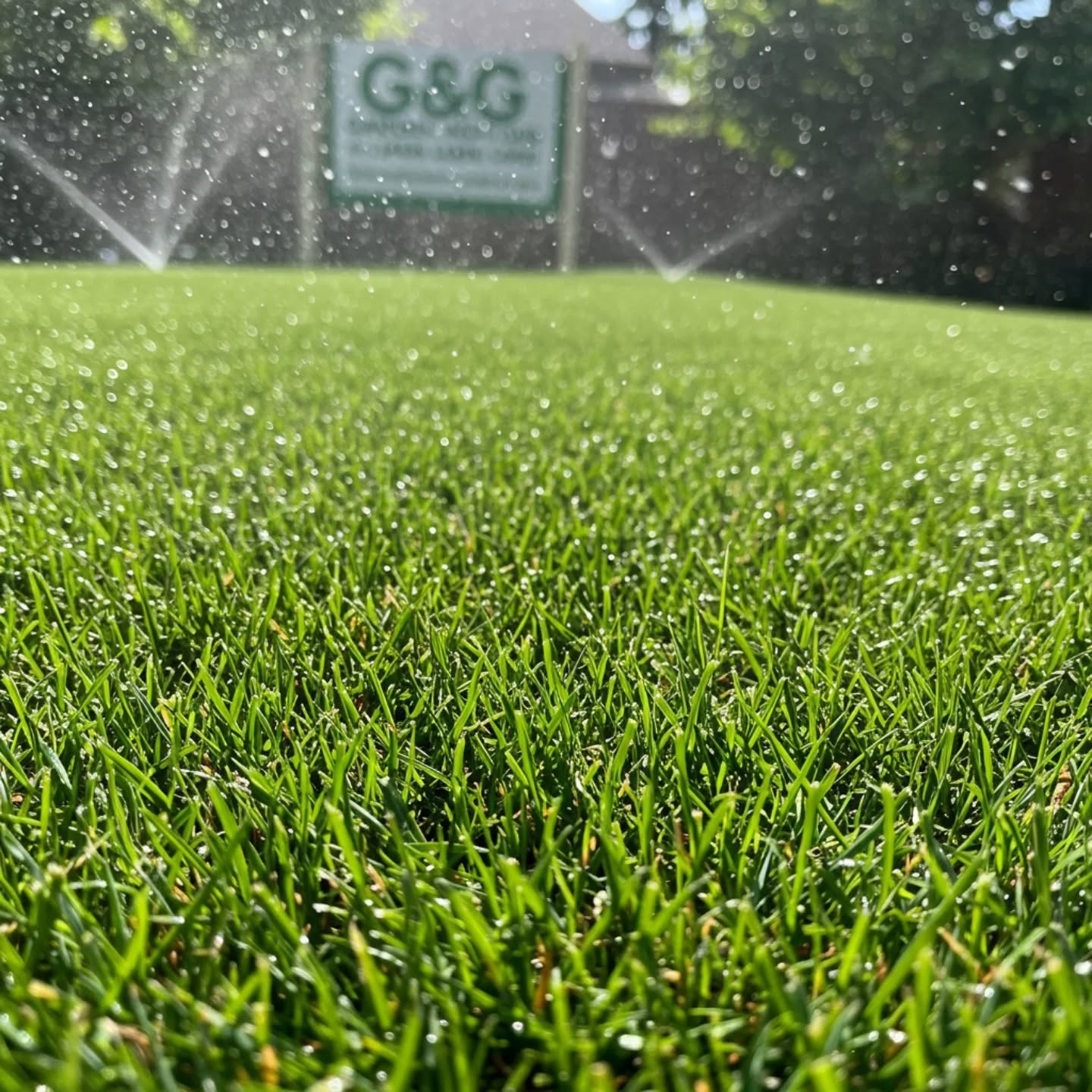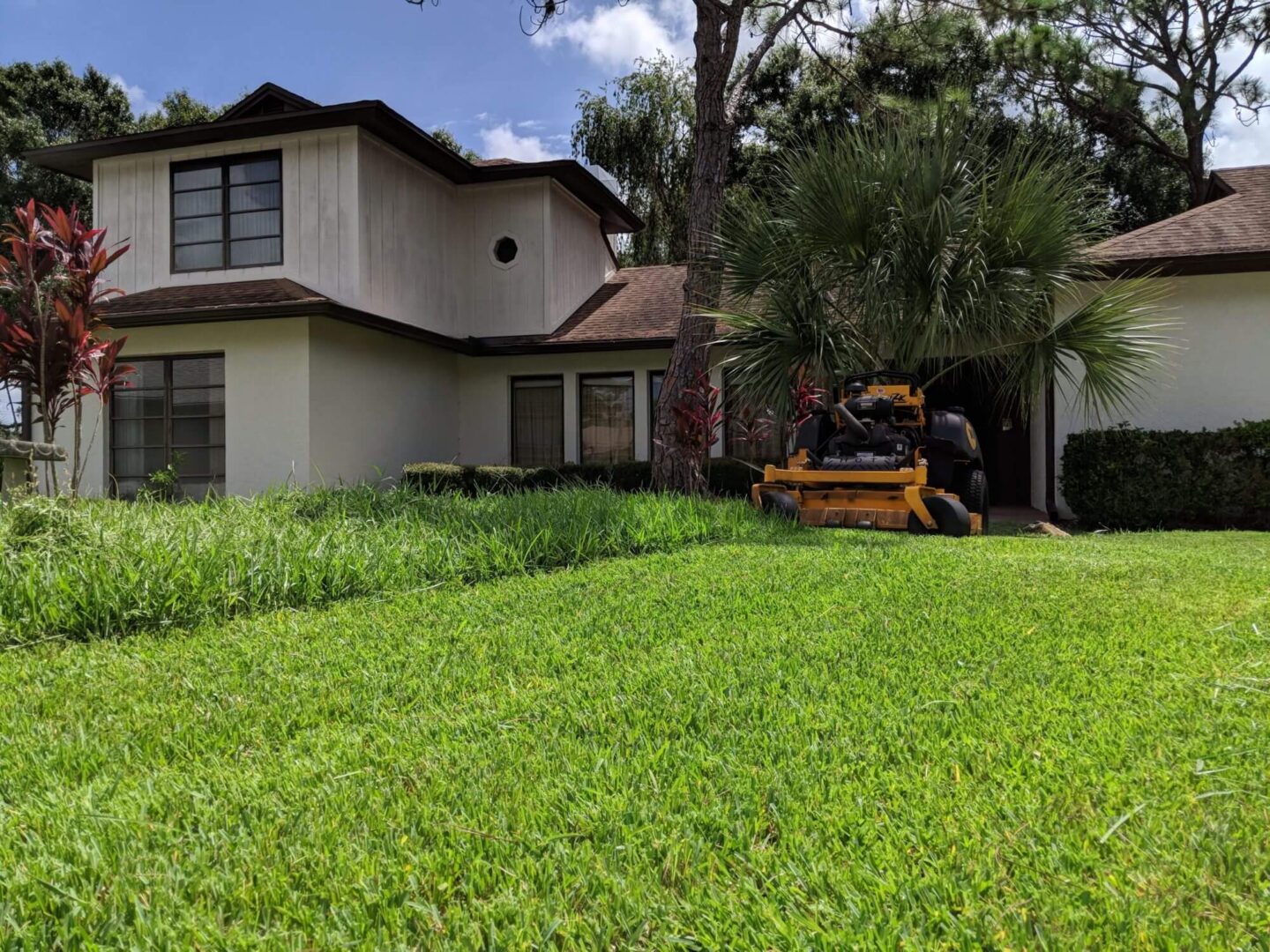Rain Sensors
Rain sensors are low-cost devices for automatic irrigation systems. They are also called rain shut-off devices.
Why are Rain Sensors important?
A Rain Sensor will shut off the system when recent rainfall has supplied enough water for your landscape. It is important not just to save water, but also to prevent disease and other problems caused by overwatering.
If you don’t have one, it is easy to find it and you can install one yourself or hire a professional to do it.
You will find many options, wired and wireless sensors. The most important is a proper installation location. Install your Rain Sensor on a permanent fixture, like roofs, fences and light poles, free from any obstruction.
You can find rain sensors at Amazon, Home Depot, Walmart.
Testing Your Rain Sensor
It’s essential to test your rain sensor. It will not help if it is not working properly!
First, check to see if the rain sensor needs cleaning or repositioning. Make sure that the top of the sensor is not obstructed by leaves, treetops or other obstructions that keep rain from reaching the sensor.
Next, on a rainy day, place three small containers throughout the yard. Wait for the cans to accumulate an average of a half an inch of rain. Set your rain sensor at a one-half inch and try to turn on your irrigation system manually. If your rain sensor is working, then the irrigation system shouldn’t come on.
For Cork-Disk Rain Sensors you can test turning on the sprinkler system, then press and hold down the button on the rain sensor and the system should shut off. Release the button and the system should come back on.
If the irrigation system does run, check if any of the wires have come loose. In some cases, the sensor itself might have to be replaced.
References:
https://gardeningsolutions.ifas.ufl.edu/care/irrigation/rain-sensors-and-gauges.html
https://edis.ifas.ufl.edu/pdffiles/AE/AE22100.pdf





